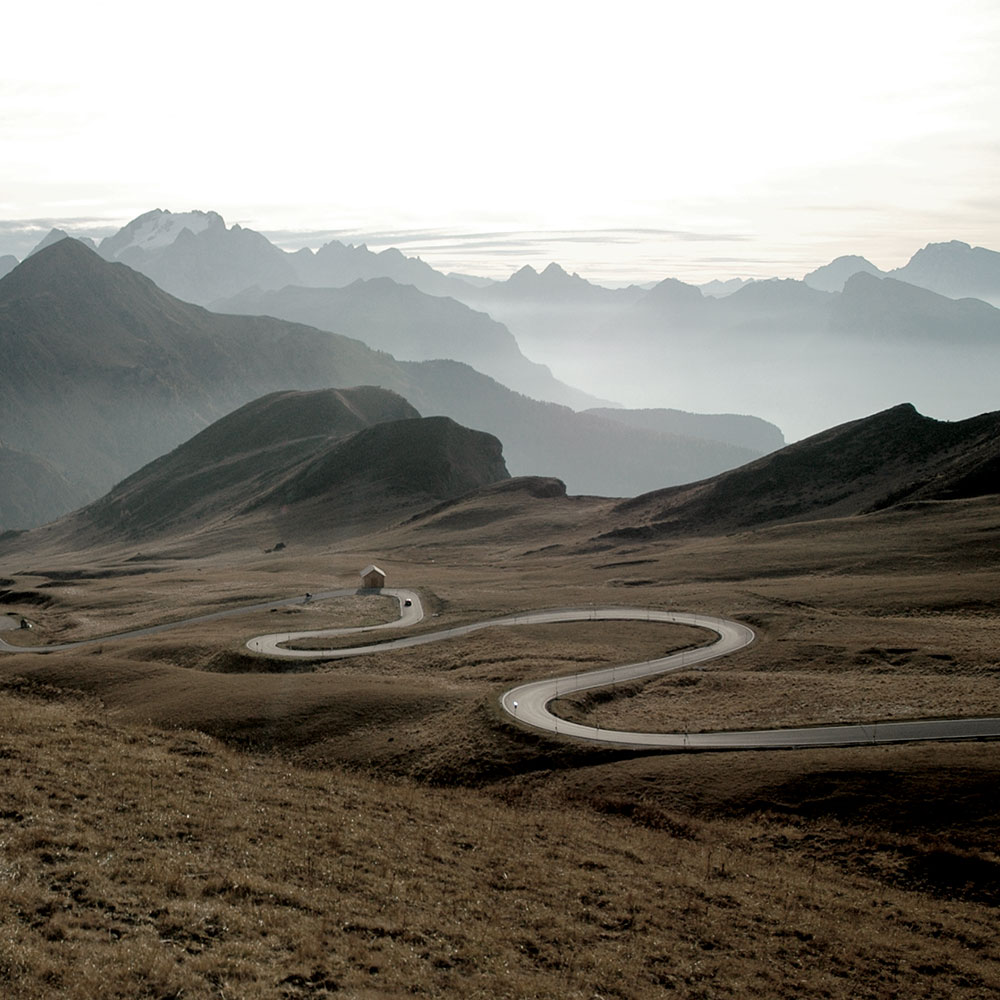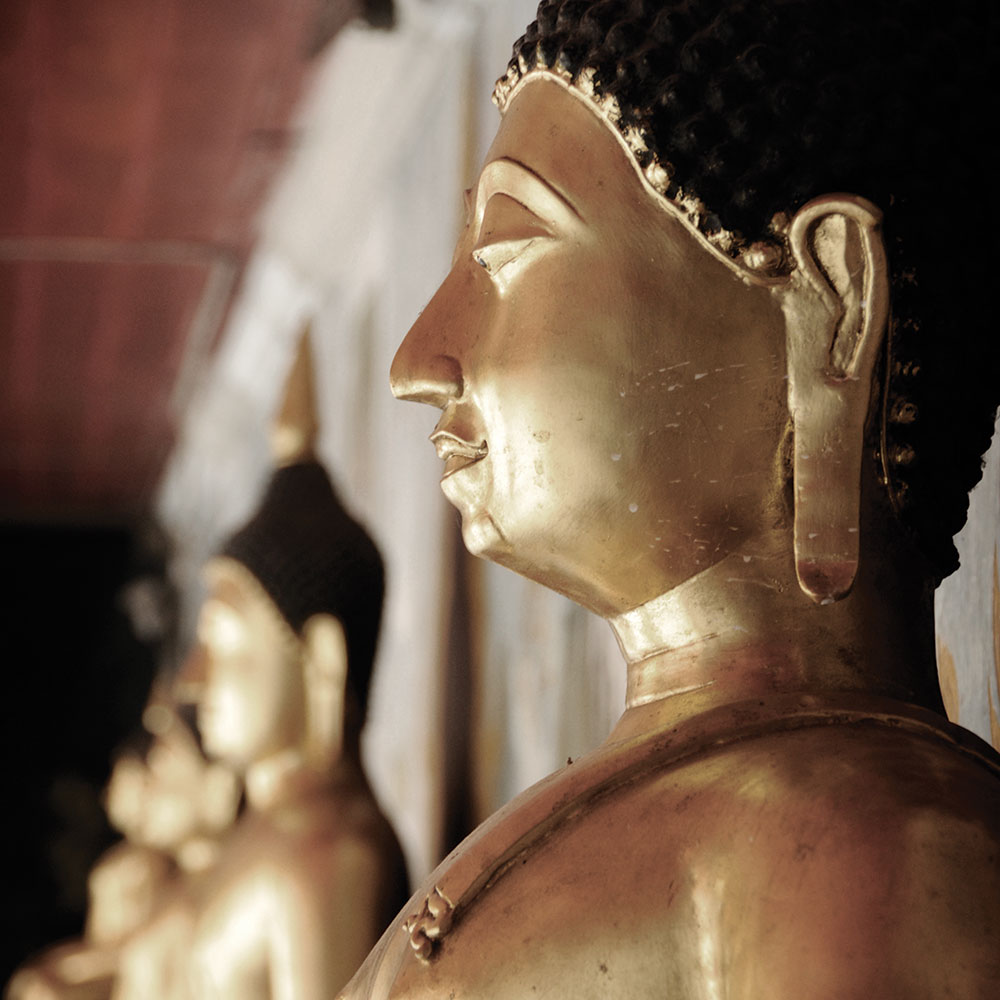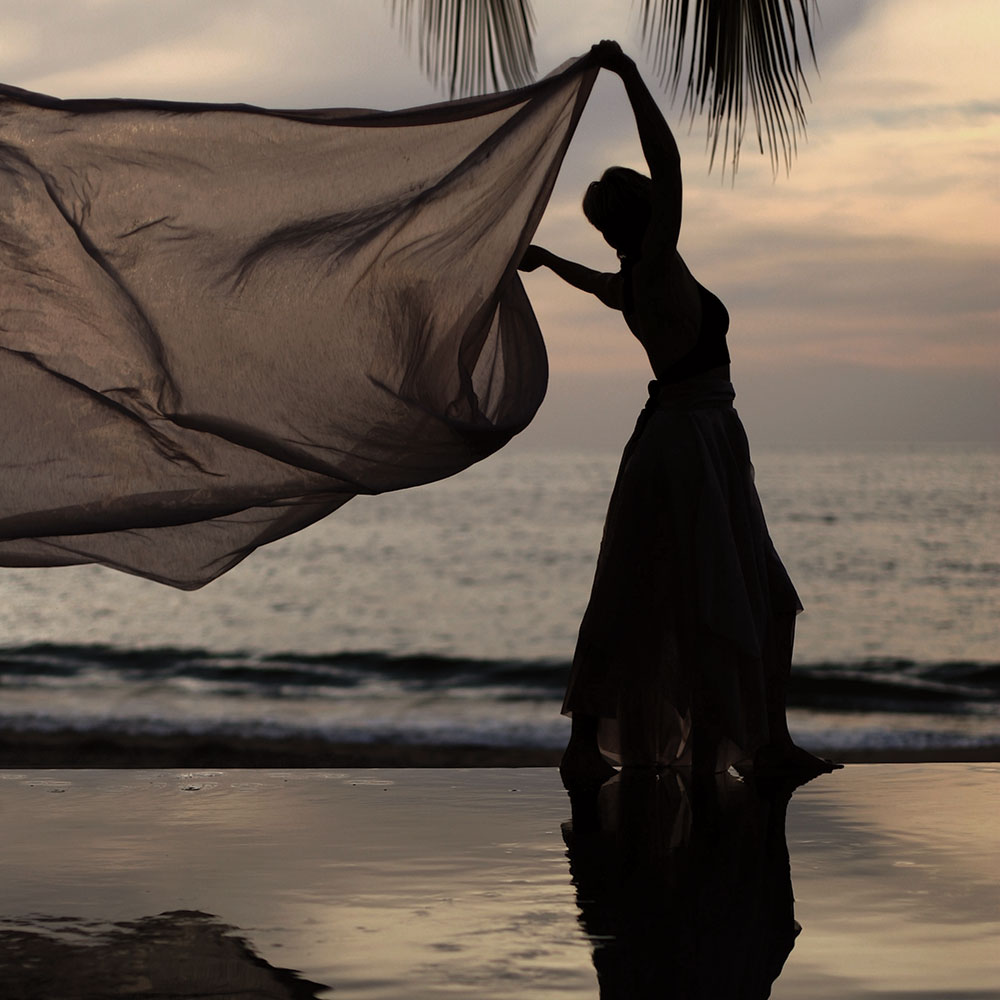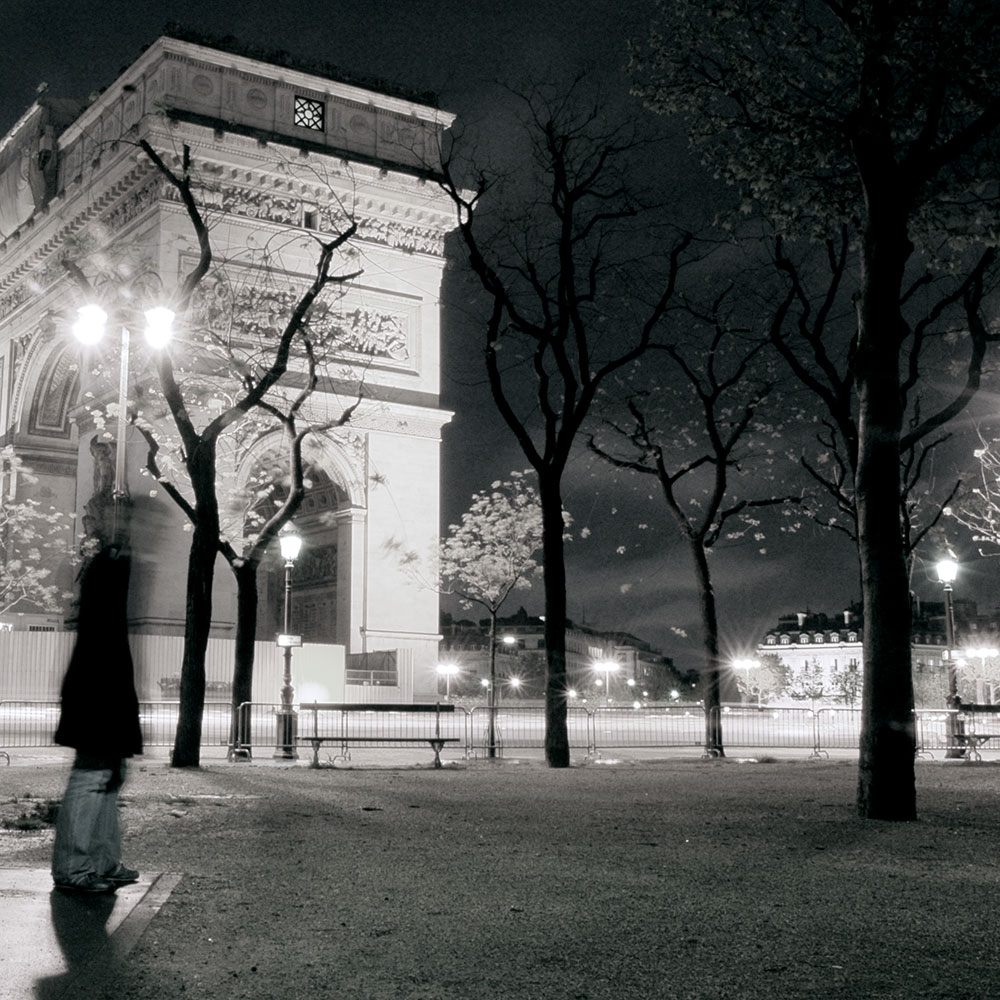There are few places on the planet that have captivated the imagination of travelers more than Machu Picchu. Owing to its remote location, impressive architecture, glorious mountain views, and fame as the fabled “Lost City of the Incas,” it remains one of our must-do destinations. But there’s much to experience in Peru beyond Cusco and the Sacred Valley.
In the North
As the Andes descend to the West, Peru becomes home to the Amazon Basin, rainforest and jungle wetlands that occupy nearly two-thirds of the country and drain into the Amazon, the world’s second-longest river. The best way to travel is by boat, exploring countless tributaries to discover the more than 50,000 plant, 1,700 bird, 400 mammal, and 300 reptile species living there.
In the South
South of Cusco, the Andes are at their widest, rising above the horizon on a high desert plain known in Spanish as the Altiplano, the most extensive area of high plateau on Earth outside Tibet. This is the homeland of llama herds, the Aymara (indigenous pre-Colombians who fought against Incan rule), and Lake Titicaca, the largest and deepest lake in South America and the highest navigable lake in the world.
Insider Tip: Lima, the coastal capital of Peru, is a foodie paradise, specializing in fresh seafood and ceviche and traditional pre-Colombian staples like potatoes, quinoa, alpaca, and guinea pig.
Fun fact: While the elevation of Cusco is over 11,000 feet, Machu Picchu, located 75 km to the northwest, is just under 8,000 feet.

























